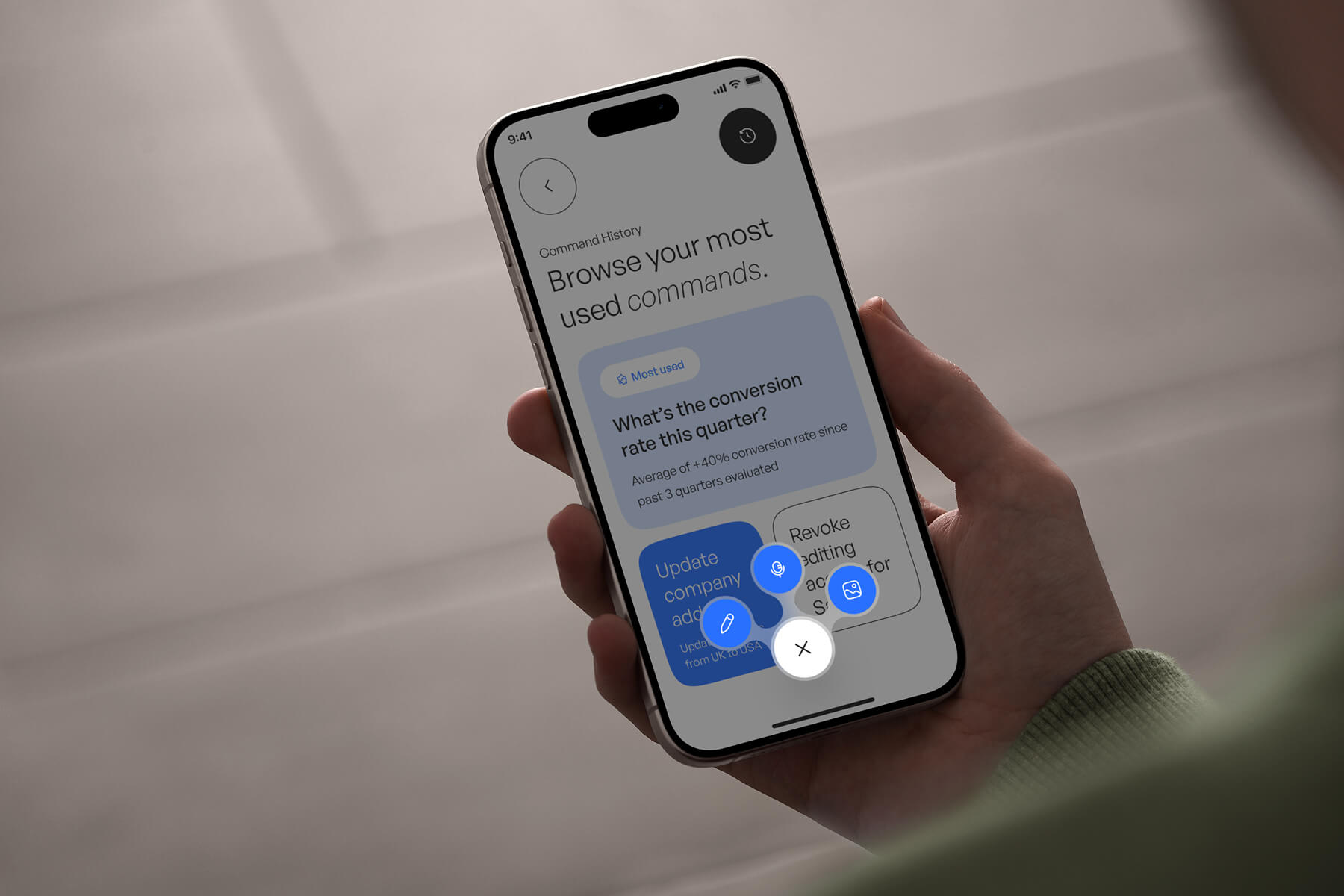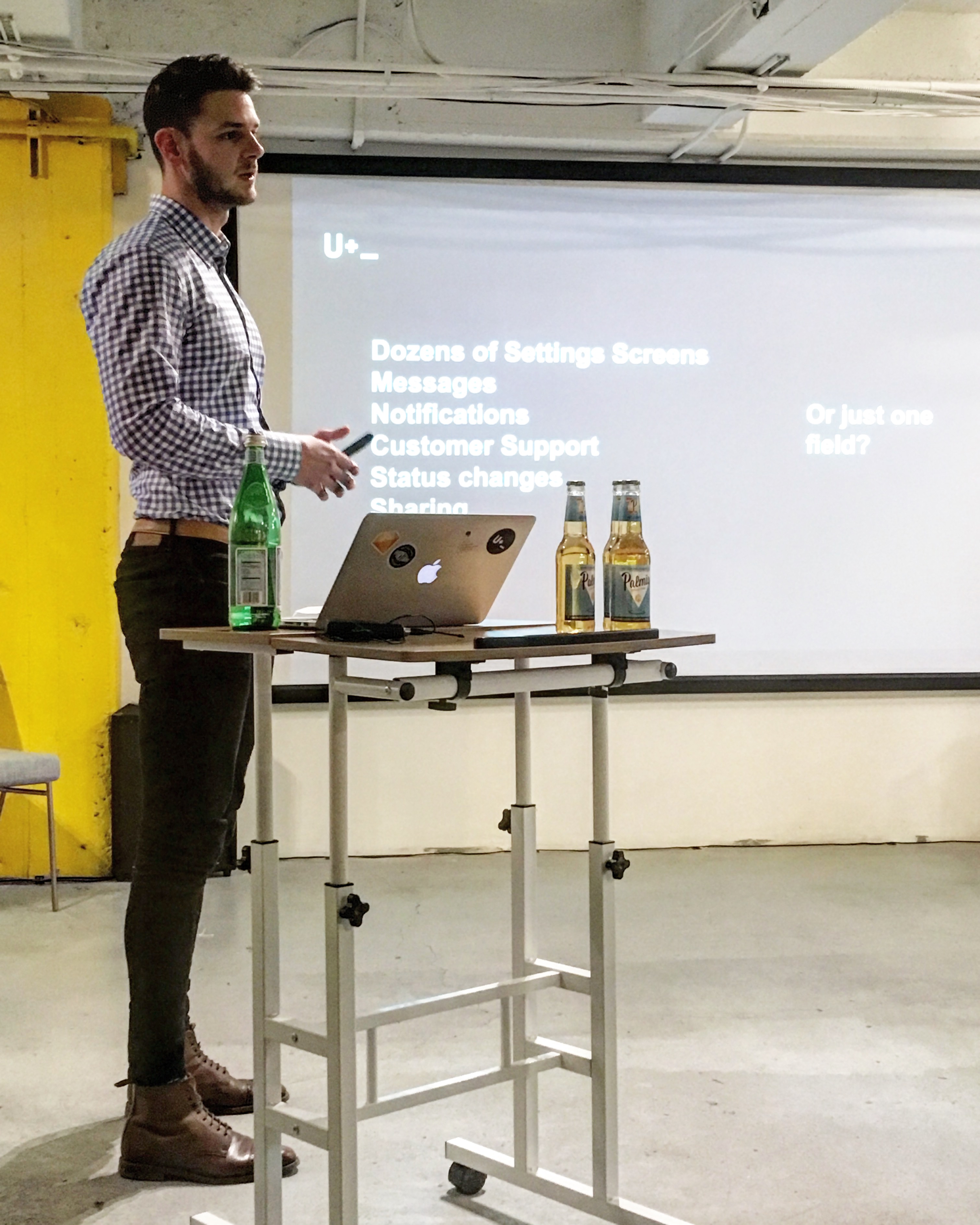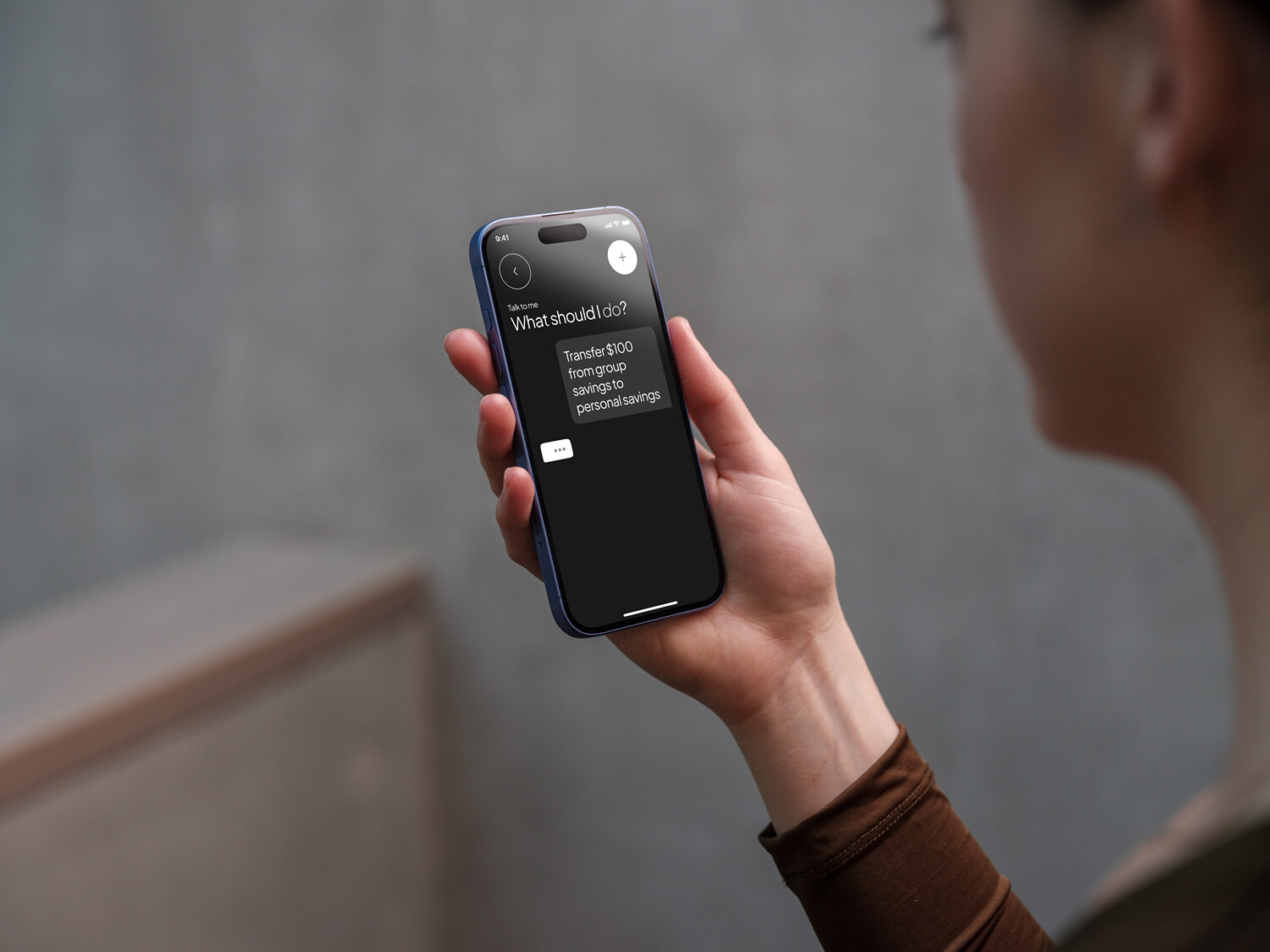Hello, partner! I thought it might be you?
What follows is not written with any help of AI, it’s not following any guidebooks, cold email strategies, or any of these generic email bullshits.
You’ve got something that matters. We’re here to take it further — with care, clarity, and the kind of outcome that makes you smile in disbelief. Tell us what’s on your mind, and we’ll get back within 1–2 days.

Back when most people doubted AI in design, we were giving talks about it. Years later, those bold ideas are becoming real.
For as long as I can remember, we haven’t just designed for what’s needed now. We’ve always looked ahead. We believe design and technology have to move together. What tech enables, we must make usable. And what’s well designed actually gets used.
We were thinking about AI long before “AI” became the hot talk. Back in 2018, I gave a speech titled “Will designers survive the rise of AI?” — a room of skeptics, lots of disbelief. 
Back then, it felt far-fetched. It was even mocked. People couldn’t imagine how this would affect design – or that it even mattered. But now, every single thing from that talk is a reality. You can still read it here.
That same year, 7 years ago, I spoke in NYC and San Francisco about the future of user interfaces — how we’d control complex systems using just a single input field. No dashboards, no clicking through endless screens. Just type what you need. Sound familiar? That’s exactly what GPT-5 now allows with apps like Figma and others.

We’ve been building towards this for years.
We even created our own AI UI Kit, and more than a year and a half ago, we published a acclaimed piece on how AI will reshape UX entirely.
Some of those predictions haven’t happened yet — but they will.
What is already real now:
• AI tools help designers speed up research, organizing moodboards, pulling reference visuals, summarizing client docs.
• AI-enabled interfaces are shifting how we think of navigation. The era of invisible UX is emerging: systems that understand user intent, not just tap/button flows.
• Interfaces that react to natural language, predictive interactions, and AI-driven local decisions are becoming less sci-fi and more everyday.
What’s still ahead – but likely inevitable:
• Fully consistent single-input interface systems across platforms (type something and the system flows you to the right screen).
• Seamless transitions between apps, as AI becomes the layer that links them together – less jumping, more context.
• UI components that adapt in real time, shaped by intent rather than static layout choices.

Yes – sometimes we sound too bold. Too early. Maybe “far-fetched.”
But that’s how innovation works. You sketch ideas before the world catches up. You believe in parts others don’t yet see.
We don’t do this for hype. We do it because we see patterns. We listen to tech, to human behavior, to what’s emerging. Even without spotlight or millions of followers, we’ve leaned into the future – predicting ideas that later become facts.
So if you want a partner who builds for what’s next – not just what’s popular – you already know where we are.
What follows is not written with any help of AI, it’s not following any guidebooks, cold email strategies, or any of these generic email bullshits.
AI-first is nonsense. We know it sounds modern and smart and techy. Here's why our studio will never be “AI-first”.
Formerly ČOSIV, this organization has been doing the hard work since 2011: advocating for inclusive education, supporting kids at risk, promoting mental wellness, and pushing for systemic change in the Czech Republic.
We helped Sunnysoft go from safe and forgettable to bold and unmistakable. With a new visual identity, sharper type system, stronger colors, and a clear message.
We don’t believe shopping centers should look like they were designed by committee. That’s why for Arkády Pankrác, we did the exact opposite. We simplified. We amplified. And we made it unmistakably visible.
Scroll through LinkedIn, and it’s all about wins, growth charts, and scaling. And sure, success is important. But in the kind of work we do – design, branding, products – the story’s a bit more complicated.
Every magazine starts with a blank page — but Luxury Travel Digest started with a vision. Not just to create another travel publication, but to build something timeless.
You’ve probably heard “Find your why.” before. Well, chances are most of you got it wrong. Our studio was the same.
NachoNacho is a US start-up based in San Francisco. It's an all-in-one platform that combines SaaS and subscriptions, along with its own marketplace.
Three years ago, it started with a sketch. Just a simple dashboard layout – rough thoughts on how a user in Qatar or Oman might one day send money, pay a bill, or shop with a tap.
Liberální institut was founded in 1989, the same year as the Velvet Revolution. Since then, it’s stood for personal freedom, free markets, and individual rights – becoming one of the most important voices for liberalism in the Czech Republic.
Let’s be honest—most people think branding is just “making things look nice.” A pretty logo, a trendy color palette, maybe a sleek font. Done, right?
In the fast-paced world of startups, great design is a game-changer. From seamless UX to branding for startups, the right approach can position a fledgling company as an industry leader.
Think your brand isn’t important? Go ahead, keep blending in with your competition. We’ll be over here turning branding into cold hard cash.
Found a new spot that’s Instagram-perfect and wife-approved. But just when you're ready to impress… things don’t quite go as planned.
The idea that users form a lasting impression of your website or brand within 7 seconds is rooted in neuroscience and psychology.
A great user experience (UX) isn’t about flashy designs or the latest trends—it’s about creating a website or product that makes it easy for users to achieve their goals.
When you hear conversion rate optimization (CRO) and user experience (UX), they might sound like separate strategies.
If your landing page isn’t converting visitors into customers, chances are it’s not a user experience (UX) problem, but a landing page UX problem.
With a few smart UX tips, you can design forms that convert more effectively
Starting a new venture is exciting but also comes with its fair share of challenges
How do you know the site is working for your users?
A well-designed user experience doesn’t just make your customers happy—it also boosts your bottom line.
In today’s digital world, having a great website or app isn’t just about looks—it’s about how well it works for your users.
Knowing exactly what your users need, want, and struggle with can make or break your business.
In the world of digital marketing, landing pages are one of the most powerful tools at your disposal.
What exactly is the difference, and why are both wireframes and prototypes so important in UX?
Thumb-friendly navigation is the bold departure from the so-called natural scrolling that has dominated our digital experiences
We’re not making the best use of the wider horizontal screens of desktops and laptops
Have you ever visited a website and just felt lost
A revolution in AI UX is happening and it’s about time you knew.